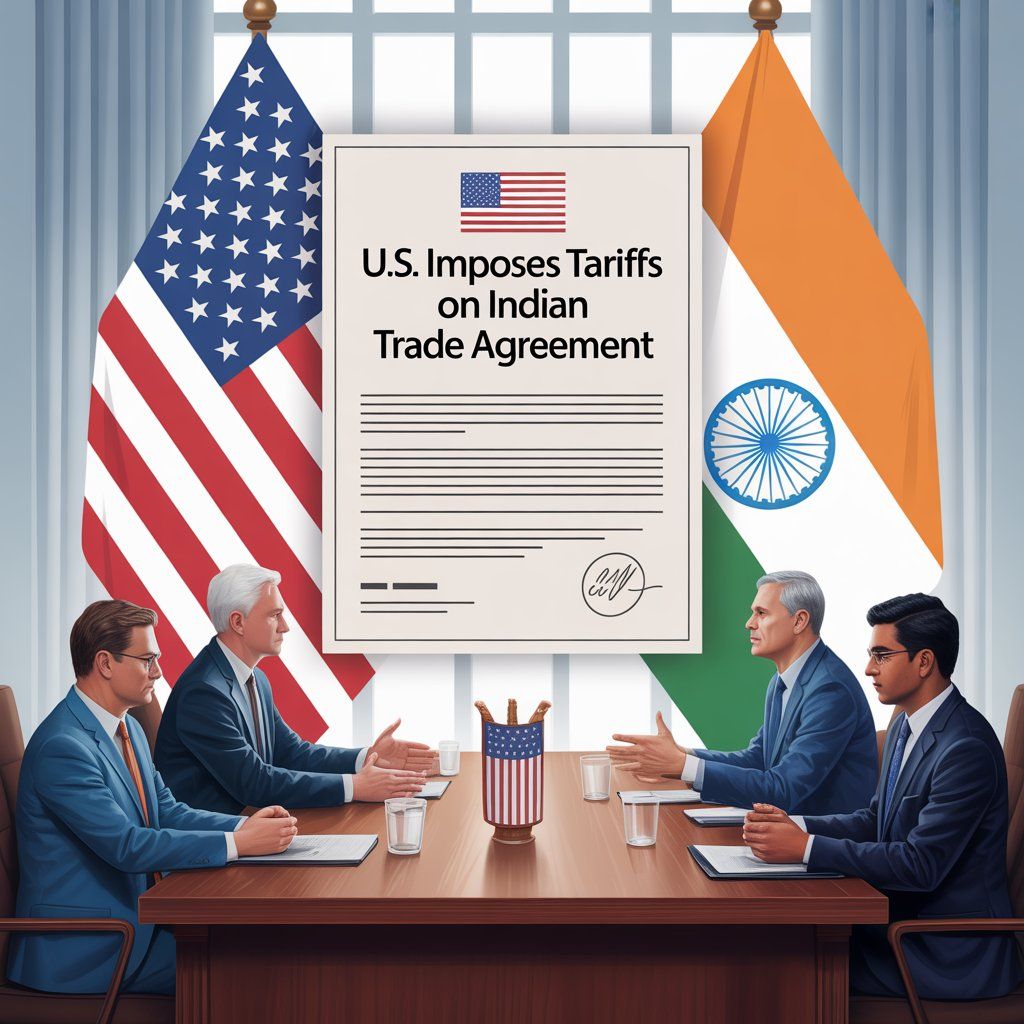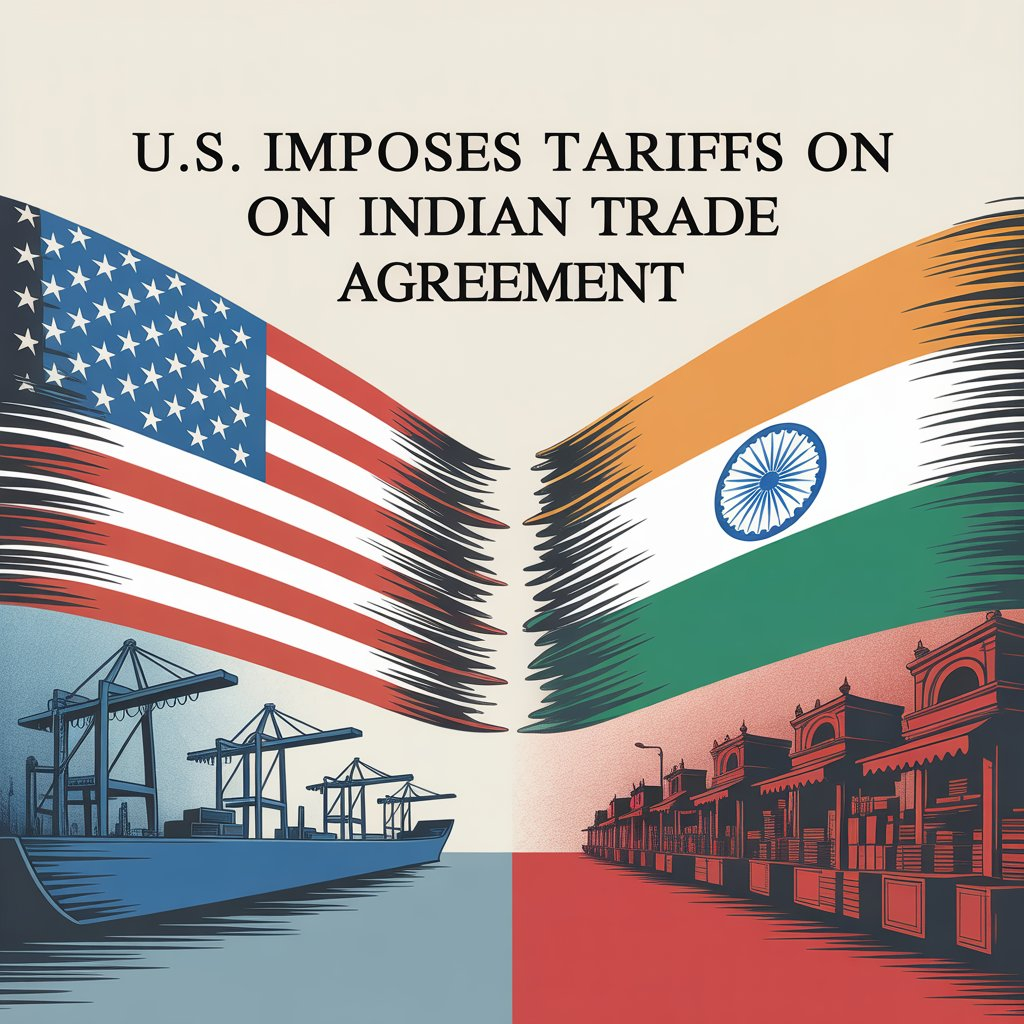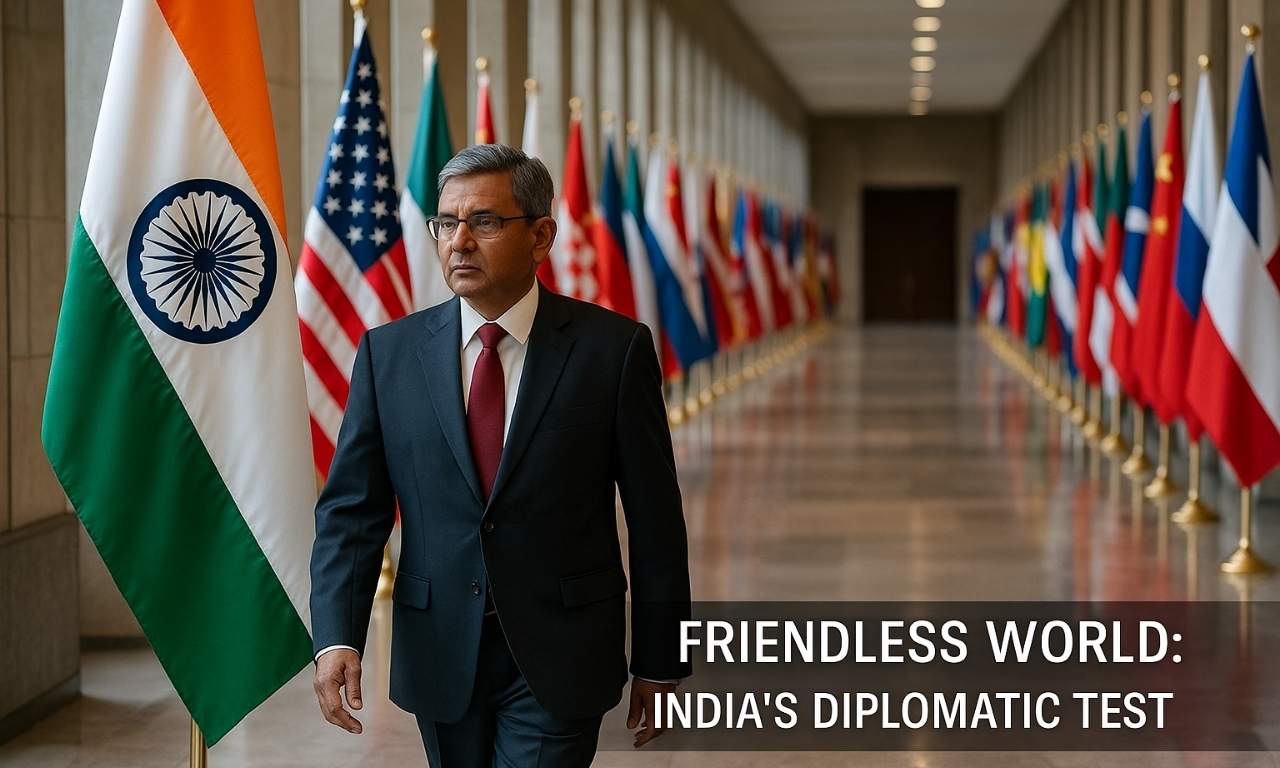The U.S. Court of International Trade (CIT) has ruled that Trump-era tariffs were legally excessive, raising questions about their impact on global trade and ongoing U.S.-India trade negotiations. India is pushing for a fair deal before the July 8 tariff deadline.
What Are Trump’s Tariffs?
- U.S. President Donald Trump imposed high tariffs (10% to 135%) on imports from over 100 countries, including India.
- These tariffs disregarded commitments under international trade rules, including WTO agreements.
- Even remote and uninhabited regions were strangely covered under these trade measures, raising eyebrows globally.
Legal Challenge from U.S. Businesses
- Five small American businesses challenged the tariffs in the U.S. Court of International Trade.
- They claimed these taxes hurt their operations and were illegally imposed without proper legal backing.
- On May 28, 2025, the court ruled that the President’s powers were misused under the pretext of “national emergency”.
- However, the decision has been stayed by a higher U.S. court, meaning the tariffs still continue for now.
Issues with the Trade Deficit Argument
- The U.S. claimed that tariffs were to reduce trade deficits.
- But trade deficits only cover goods, ignoring America’s strong services exports like IT, finance, and education.
- With India, once services and defense sales are included, the U.S. actually enjoys a $35–40 billion surplus, not a deficit.
India’s Position and Challenges
- India had earlier withdrawn its WTO case against U.S. steel and aluminium tariffs under a mutual agreement in 2023.
- Yet, the U.S. has now doubled those tariffs to 50%, affecting Indian exporters.
- Threats of new tariffs on Apple’s India-manufactured goods also raise trade concerns.
- The U.S.-China truce limits India’s strategic leverage.

What India Must Negotiate
- Removal of all additional tariffs on Indian goods.
- Protection of Indian remittances from a proposed U.S. tax.
- Assurances against U.S. retaliation on India’s digital services tax.
- Safeguards for H-1B visa holders and smooth services trade.
- Clear rules on cross-border data flow.
- Alignment with WTO principles to avoid long-term risks.
Conclusion
India must ensure any trade pact with the U.S. protects its key interests and is legally sound. A hasty or weak deal can do more harm than good, especially in an uncertain global environment.





